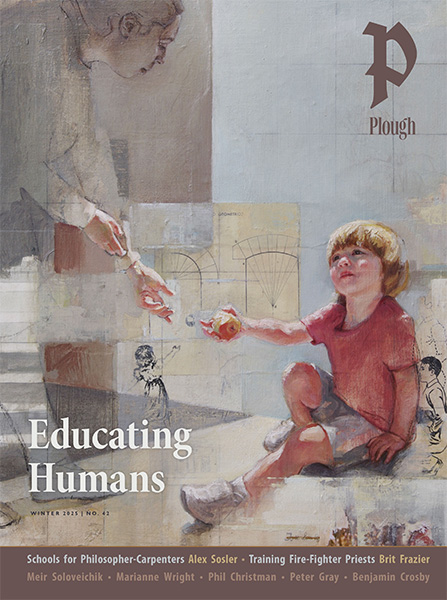Subtotal: $
Checkout
Of all philosophers, sages, etc., Christ was the only one whose principal doctrine was the affirmation of immortality and eternity, the nothingness of death, and the necessity and importance of truth and resignation. He lived serenely as an artist, as a greater artist than any other; for he despised marble, clay, and the palette, and worked upon living flesh. That is to say, this marvelous artist, who eludes the grasp of that coarse instrument – the neurotic and confused brain of modern man – created neither statues nor pictures nor even books; he says so himself quite majestically – he created real living people, immortals. That is a solemn thing, more particularly because it is the truth. This great artist, then, wrote no books. There can be no doubt that Christian literature, on the whole, would only make him indignant. For how seldom is anything to be found among its productions that could find favor beside the Gospel of Saint Luke and the Epistles of Saint Paul, which are so simple in their austere and warlike form? But even if this great artist, Christ, scorned to write books about his ideas and sensations, he certainly did not despise either the spoken word or still less the parable. (What vigor there is in the parable of the sower, the harvest, and the fig tree!) And who would dare tell us that he lied when, in predicting the downfall of the Roman state, he declared: “Heaven and earth shall pass away: but my words shall not pass away.”

Vincent Van Gogh, The Good Samaritan, oil on canvas, 1890
These spoken words which he, as a grand seigneur did not even think it necessary to write down, are the highest pinnacle ever attained by art; in such pure altitudes art becomes a creative force, a pure creative power.
Such meditations lead us far afield, very far afield (they even elevate us above art). They give us an insight into the art of molding life, and of being immortal in life itself, and still they are not unrelated to painting. The patron saint of painting, Saint Luke – doctor, painter and evangelist, whose device, alas! is an ox – is there to give us hope. But our true and real life is really a humble one; we poor unhappy painters are vegetating beneath the besotting yoke of a craft which is barely practicable on this ungrateful planet, whereon the love of art makes us unable to taste of real love.
He lived serenely as an artist, as a greater artist than any other; for he despised marble, clay, and the palette, and worked upon living flesh.As, however, there is nothing to gainsay the supposition that there are similar lines, colors and forms on innumerable other planets and suns, we may be allowed to retain a certain amount of good spirits in view of the possibility that we shall be able to paint among higher conditions and in another and different life, and that we shall reach that life by a process which perhaps is not more incomprehensible or surprising than the transformation of a caterpillar into a butterfly, or of a grub into a beetle. The scene of this existence for the painter-butterfly could be one of the innumerable stars which, when we are dead, might perhaps be as accessible to us as are the black spots that in this terrestrial life represent the cities and towns on our maps.
Science! Scientific reasoning seems to me to be a weapon which with time will develop in quite an unsuspected manner; in the old days, for instance, the world was supposed to be flat. This was perfectly right too. It is still flat between Paris and Asnières. This, however, does not alter the fact that science proves the earth to be round – a fact no one any longer disputes. Now, in the same way, it is assumed that human life is flat and that it leads from birth to death. Probably, however, life also is round, and much vaster in its extent and its capacities than we have suspected heretofore. Later generations will probably enlighten us concerning this interesting problem, and then possibly science might – with all due respect to her – come almost to the same conclusions as those which Christ summed up in his doctrine concerning the other half of life. However this may be, the fact remains that we painters are living in the midst of reality, and that we should breathe our spirit into our creations as long as we ourselves continue to breathe.
The Letters of a Post-Impressionist: Being the Familiar Correspondence of Vincent Van Gogh, trans. Anthony Ludovici (New York: Houghton Mifflin Company, 1913).
Vincent van Gogh (1853–1890) was a Dutch Post-Impressionistic artist famous for his brushworked, colorful paintings such as “The Starry Night.” Although he is famous now, during his life van Gogh was almost unknown; he struggled financially and had on-going mental health problems.
Already a subscriber? Sign in
Try 3 months of unlimited access. Start your FREE TRIAL today. Cancel anytime.






Paul Brandenburg
Lovely. Even enchanting ... though the thoughts come from a tormented mind. Thank you, Vincent.